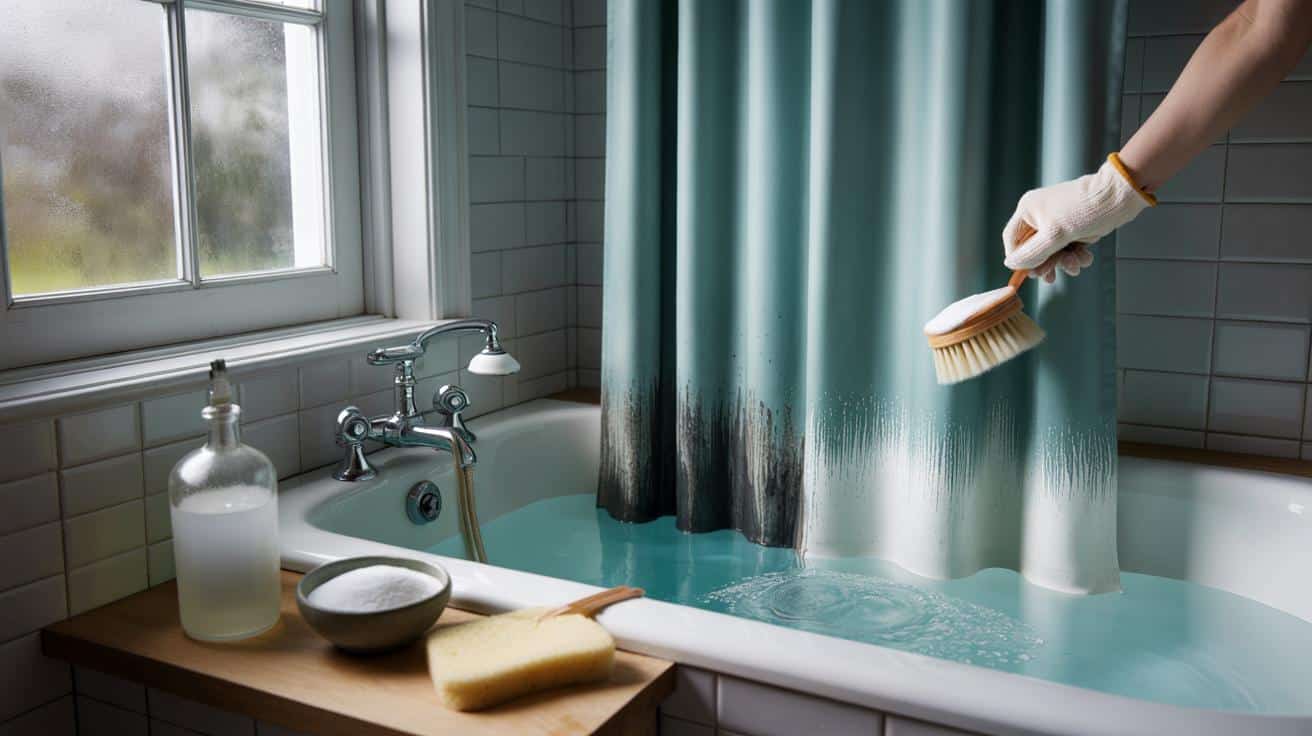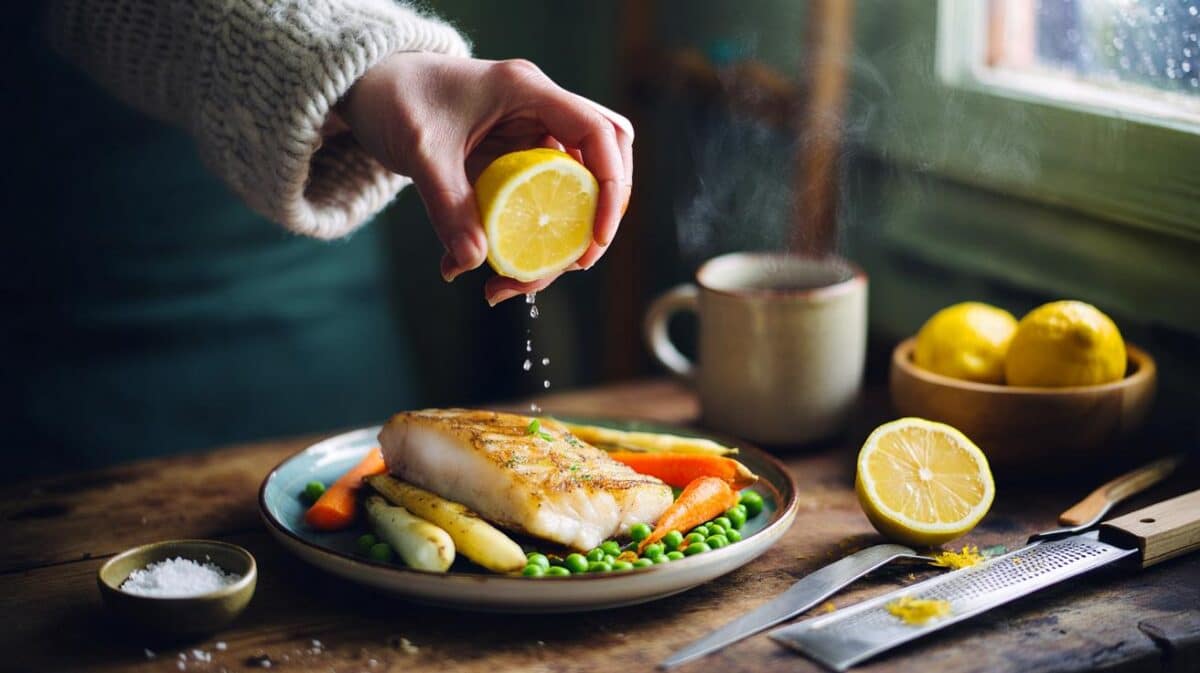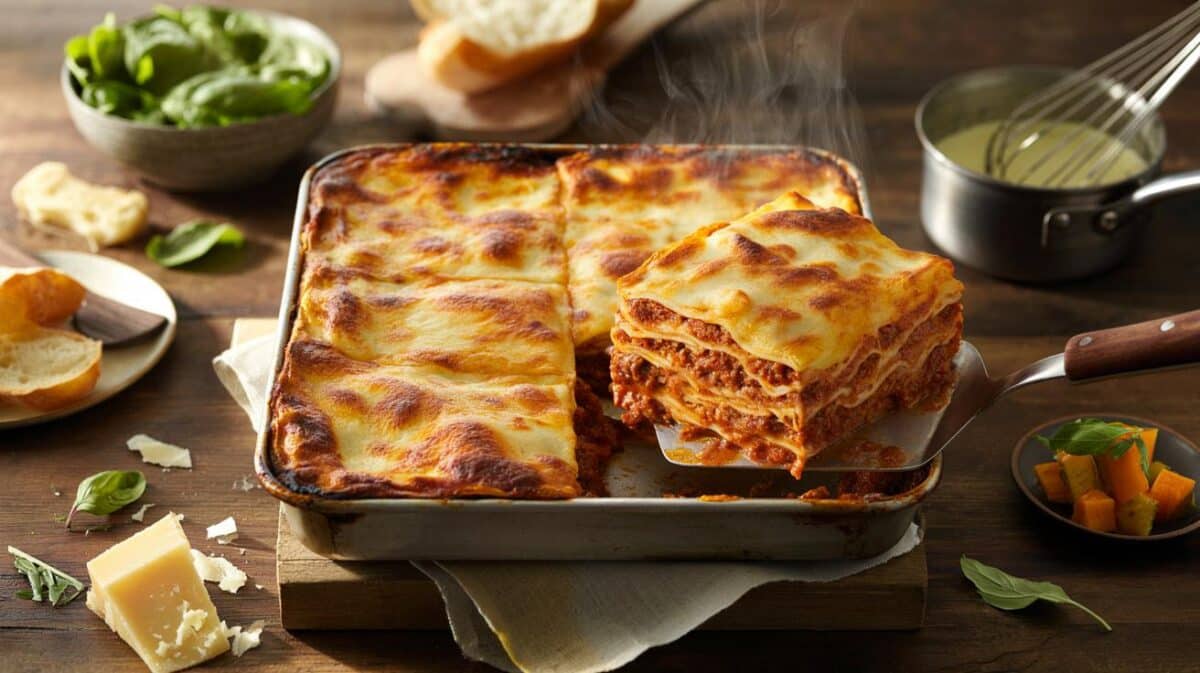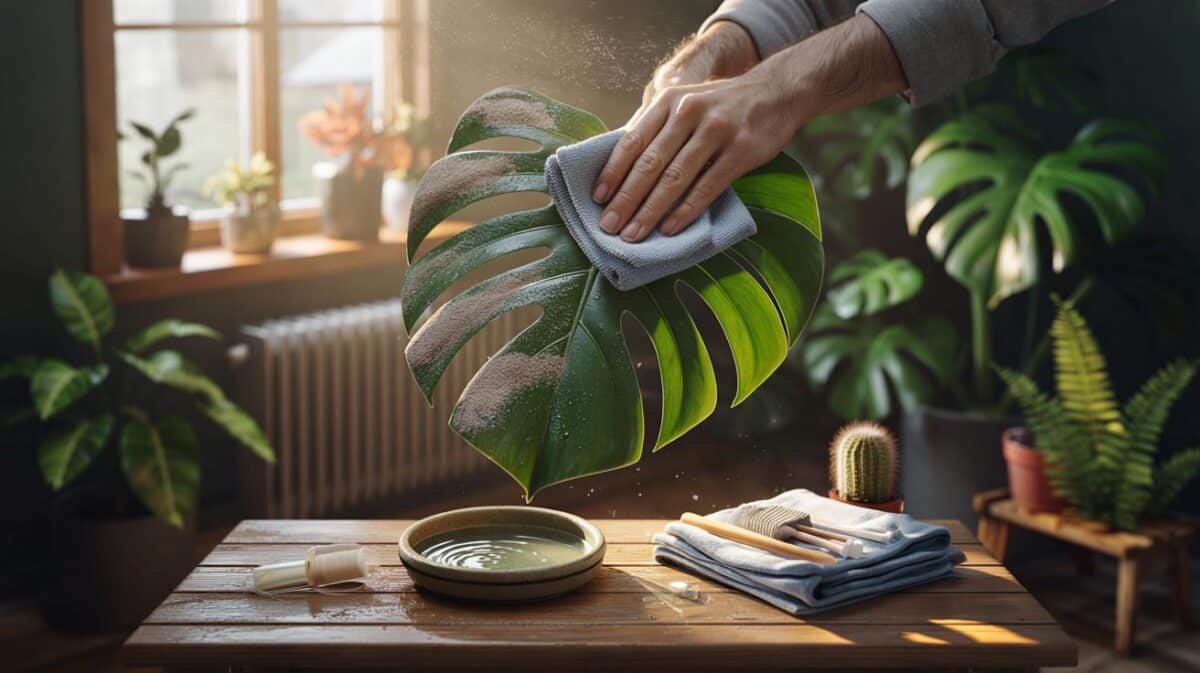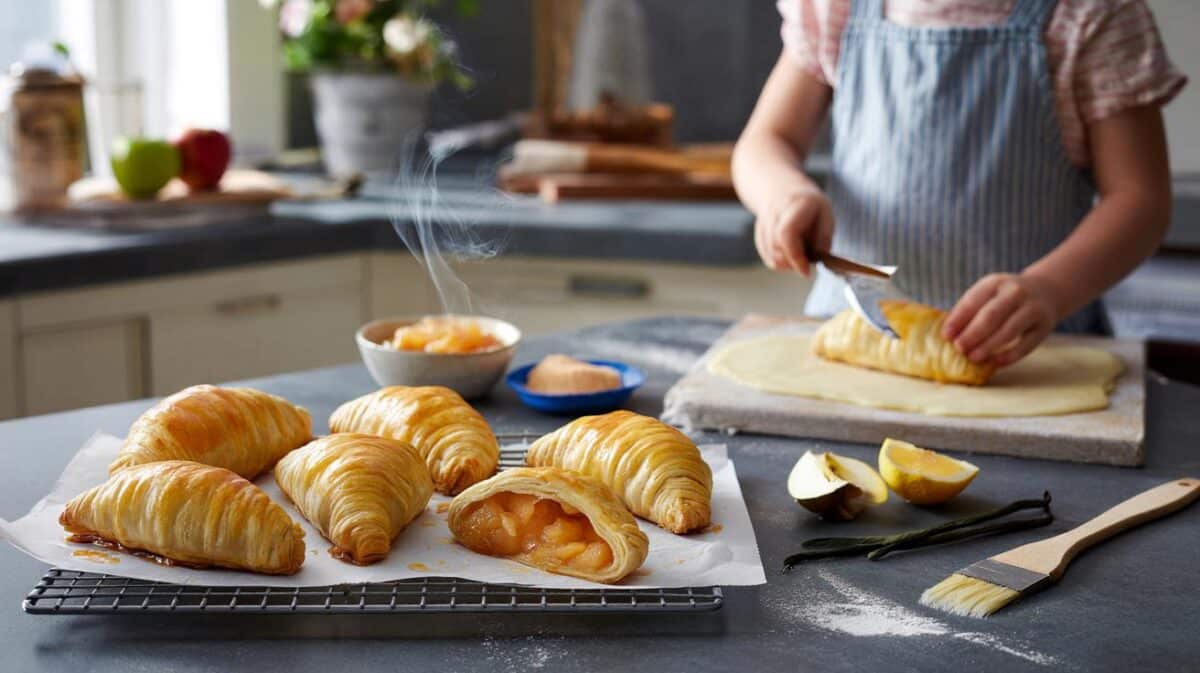Your bathroom habits might be costing you.
As autumn damp creeps in, households face a quiet menace behind the bathroom door: the way we wash shower curtains. Many people throw them in with the weekly laundry. That move looks handy, yet it strips the water-repellent finish, invites leaks and encourages that sour, stuck-on smell. A cheap, detergent-free routine is gaining ground instead, timed at 30 minutes and driven by white vinegar and bicarbonate of soda.
The washing machine trap you can dodge today
Machine washing feels quick. It also grinds away at the hydrophobic finish most plastic and coated polyester curtains rely on. Friction in the drum scuffs the coating. Heat softens the film. Detergent lifts it off the fibres.
Skip the spin cycle: friction, heat and surfactants combine to erode the water-repellent layer after only a handful of washes.
Once that finish weakens, water soaks through to the fabric. The curtain clings to your legs, holds onto moisture, and dries slowly. That’s when black or orange staining takes root at the hem and in the folds. Odours follow. In damp months, the decline speeds up because the bathroom air rarely drops below 60% relative humidity after a shower.
Care labels often mention a cold, gentle cycle. The catch sits in the chemistry. Even mild detergents contain agents that bond to soils and coatings alike. Repeating those cycles, week after week, shortens the life of the curtain and dulls the colours.
The 30-minute routine that keeps water out
What you need
- 1 litre white vinegar (household strength, around 5% acetic acid)
- 2–3 tablespoons bicarbonate of soda
- 3–5 litres warm water
- A soft sponge or a soft-bristled brush
- Rubber gloves if your skin is sensitive
Step by step, in the right order
First vinegar, then bicarbonate: the order matters. Acid loosens minerals and biofilm; the mild alkali lifts residues without stripping the coating.
This routine targets the two main enemies of a curtain—mineral deposits and biofilm—without detergent. Vinegar dissolves limescale and breaks down soap residues. Bicarbonate works as a gentle abrasive and odour neutraliser. The finish stays intact and the fabric keeps its snap.
Daily and weekly moves that block mould
Cleaning once a month helps. Small habits every day work even better. These actions cut down moisture pockets, deny mould a foothold and keep the hem from sitting in a puddle.
- After every shower, pull the curtain fully open so air can move along the folds.
- Use a microfibre towel to swipe the hem and the corner folds. It takes 20 seconds and removes standing droplets.
- Open the bathroom window for 10–15 minutes or run the extractor for the same time.
- Make sure the hem doesn’t sit inside the bath or touch the floor between showers.
- Once a week, wipe the inner face with warm water and a splash of vinegar on a cloth.
Airflow beats moisture. Keep the curtain extended and the room ventilated for 15 minutes after showers.
Materials, risk and care at a glance
| Material | Machine-wash risk | Best practice |
|---|---|---|
| PEVA or EVA (PVC-free plastics) | High: finish scuffs, odour retention | Hand-clean monthly; avoid detergent; cool air-dry |
| Polyester with waterproof coating | Medium to high: coating breaks down | Vinegar soak + bicarb spot clean; limit heat |
| Untreated polyester or cotton liners | Medium: fibres hold water and soap | Hand-wash; add a separate liner to shield fabric |
Why the chemistry favours vinegar first
Soap scum binds to minerals from hard water. That makes a glue-like film that traps microbes. Acids break that mineral link, which frees the film and the smell with it. Bicarbonate comes second to lift what remains and brighten the surface. Mixing both at once neutralises each other and reduces cleaning power to salty water and bubbles.
Never mix vinegar with bleach or chlorine-based products. That reaction releases a toxic gas. Keep them apart.
If your water is very hard, the vinegar stage does most of the heavy lifting. Increase contact time to 40 minutes, or repeat a short soak the next day. Still skip detergent. You want the hydrophobic finish to stay bonded to the fabric.
Autumn-proof habits that pay off
Bathrooms in cooler weather trap steam. Aim for relative humidity under 55% an hour after showering. Dry towels elsewhere when you can. Keep a cheap digital hygrometer on a shelf to see the actual number. If it reads 70% or higher, crack the window or run the fan longer.
If the curtain feels tacky, it often means residues are building up. Do the vinegar soak that week. If the hem is discoloured after months of neglect, try a second bicarb pass and a longer dry in moving air. If stains return fast, check for a slow bath drain or a weeping tap that keeps the hem wet.
Money, lifespan and when to replace
A litre of white vinegar and a box of bicarbonate cost only a few pounds and last several cycles. That undercuts speciality sprays and avoids strong fragrances in a small room. Most budget plastic curtains last 12–18 months with monthly hand-cleaning. Heavy staining, flaking coating or a plastic smell that won’t shift are signs to bin it and start fresh.
Choose PEVA or polyester with a replaceable liner if you want fewer plastics in the waste stream. A separate liner takes the splash and is cheaper to replace. Some councils accept clean PEVA for recycling; check local rules.
Extra tips the labels don’t spell out
- Prevention combo: a squeegee for tiles plus the curtain routine reduces bathroom odour by cutting biofilm sources.
- Temperature matters: hot water above 40°C softens coatings; stick to warm for soaking and rinsing.
- Precision helps: measure 1 litre vinegar and 3 tablespoons bicarb rather than guessing; results stay consistent.
- Sensitive skin: rinse thoroughly and dry fully; residual vinegar smell fades as it dries.
- Hard-water hack: fit a cheap descaling shower head to slow future build-up on both tiles and curtain.
